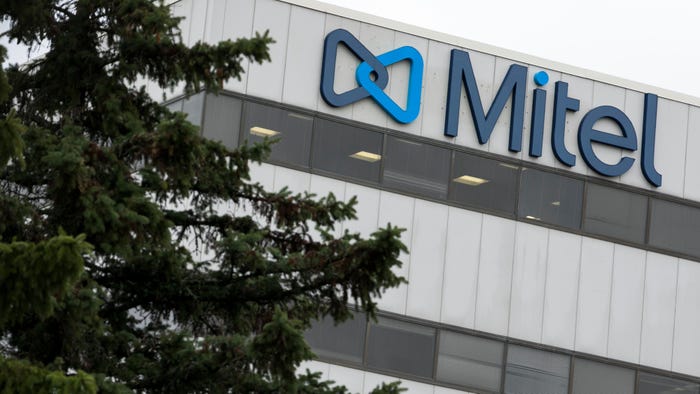Intel Sued By New Mexico University
Lawsuit claims the microprocessor giant infringed on the school's patented double-patterning lithography used in chip manufacturing.

The licensing arm of the University of New Mexico has sued Intel, claiming the chipmaker has infringed on the school's patented technology for shrinking the size of components in microprocessors.
STC.UNM filed the complaint Monday in U.S. District Court in Albuquerque, N.M. The alleged infringement covers double-patterning lithography technology that has been used starting with the manufacturing of 32-nanometer processors. The university patented the technology in 2000.
Intel declined to comment Tuesday, telling InformationWeek that it was evaluating the university's claims.
STC.UNM filed similar complaints in June against Taiwan Semiconductor Manufacturing Co. Ltd. and Samsung Electronics Co. Ltd. with the U.S. International Trade Commission. The parties eventually reached an agreement and the complaints were dropped. Licensees of the technology also include Hynix Semiconductor Inc. and Toshiba Corp.
Lisa Kuuttila, president and chief executive of STC.UNM, said the organization had contacted Intel before filing the complaint. "While STC was reluctant to use the courts to enforce our patent rights, we have no other recourse, given our duty to protect the intellectual property of our inventors and the university," Kuuttila said in a statement.
The university's technology allows for the manufacture of smaller components within semiconductors. For chipmakers, shrinking transistors within microprocessors makes it possible to embed more of the components in a single piece of silicon, which boosts power while improving energy efficiency.
The university's double-patterning lithography technology was developed by several UNM researchers, including Steven R. J. Brueck, director of UNM's Center for High Technology Materials. The technology is covered under patent 6,042,998.
The lawsuit asks the court to rule that Intel is infringing on the patent and to order the chipmaker to pay damages.
SEE ALSO:
About the Author
You May Also Like


